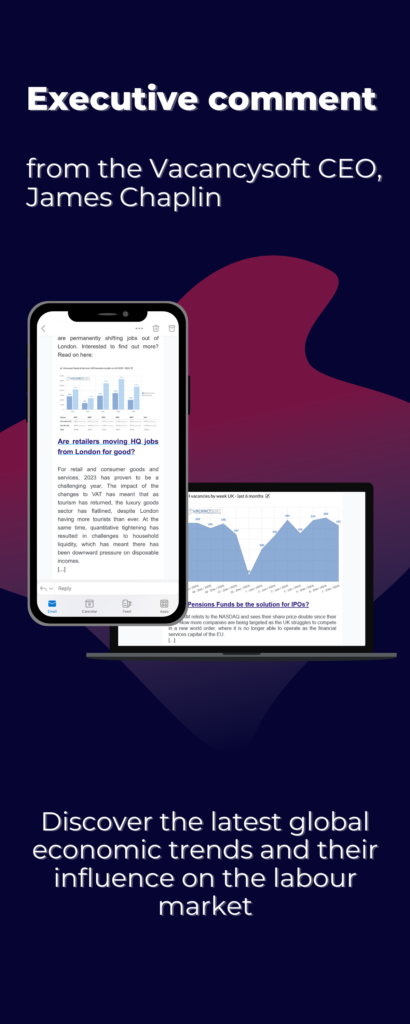
As headwinds build within the UK economy, recruiters planning for growth face increasingly challenging market conditions. Already Phillip Hammond has warned of investment by businesses in the UK slowing down, with hiring being one facet of that. On the candidate side, the inflationary pressures caused by sterling depreciating, along with household debt increasing, could mean that many people may prefer to stay where they are until there is more certainty over market conditions. With that in mind, try the following model as a way of analysing the opportunities you may have.
Deconstruct your desks. Break down your existing business into segments where each has a critical mass. For example, take IT: first segmenting by region, so focus on London only; then separate permanent and contract (in this case study exclude contract). From there, looking only at development roles, one could have six clearly defined markets: .NET, Java, PHP, IOS, Python, Android. So, step one is, in essence, looking at how have you broken down your business by
The best technique for doing this is using MECE. Designed originally by Mckinzey Consulting, it stands for Mutually Exclusive, Collectively Exhaustive and allows you to clearly segment comprehensively with no overlap.
Measure
Market conditions
How many instructions are you getting from existing clients compared to twelve months ago? From the repeat clients you had twelve months ago, how many instructions were you getting from them then compared to now? Is your client portfolio growing or shrinking?
Desk size vs performance
For each desk you have assigned, how many repeat clients are there currently? How many jobs per week are you being instructed on before you do any additional business development? With repeat clients, how many jobs are you filling
Desk size vs client size
From there, how many jobs are repeat clients giving you as a percentage of what you could realistically work on across your business? Have you set up an internal rewards scheme for internal referrals? If not, why not? What are the opportunities you are missing out on without even realising it?
Desk size vs market size
How many other companies
Re-allocate resources
With regard to the people who are underperforming, what factors are leading to that? To what extent are market conditions a factor? Do they have a lower than average fill rate or is it they have much lower instruction ratios? If necessary, can you even out desk sizes? Are some people working impossible desks? Also, what new areas are emerging that previously didn’t exist? What have you put in place to target those?
Finally look at the opportunities in front of you and try to cleanly prioritise their value. The biggest danger you face is seeking to grow too quickly. With any new
At Vacancysoft we can help you analyse your position relative to the market in terms of:
- key client analysis (what share of jobs are you getting from your key clients and where are they prioritising their resources?);
- market penetration (how many jobs are you being instructed on compared to the size of the market overall?);
- new growth areas (what are the emerging hotspots which you could be capitalising on?).
For a free consultation on how we can help with your growth planning, please do contact us


